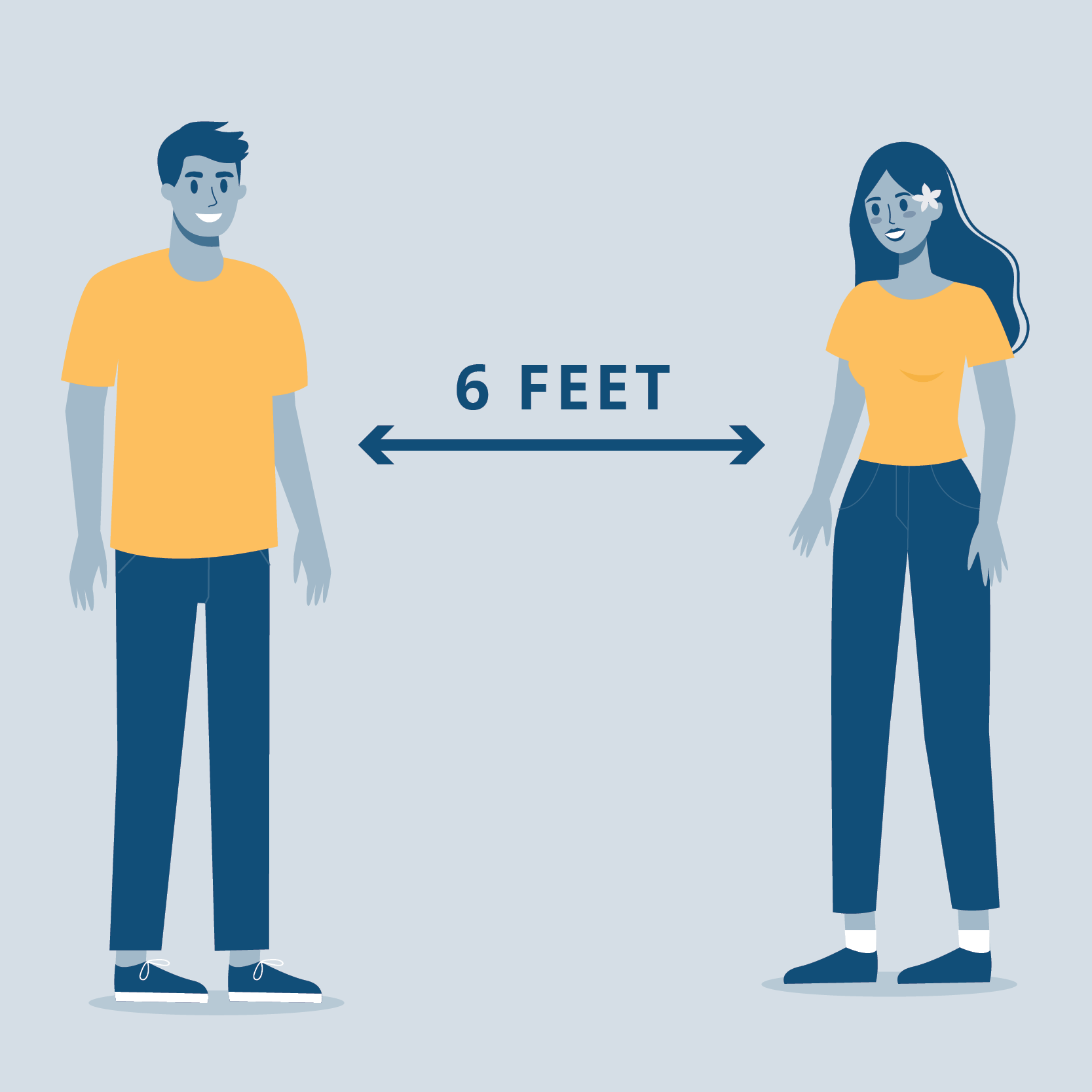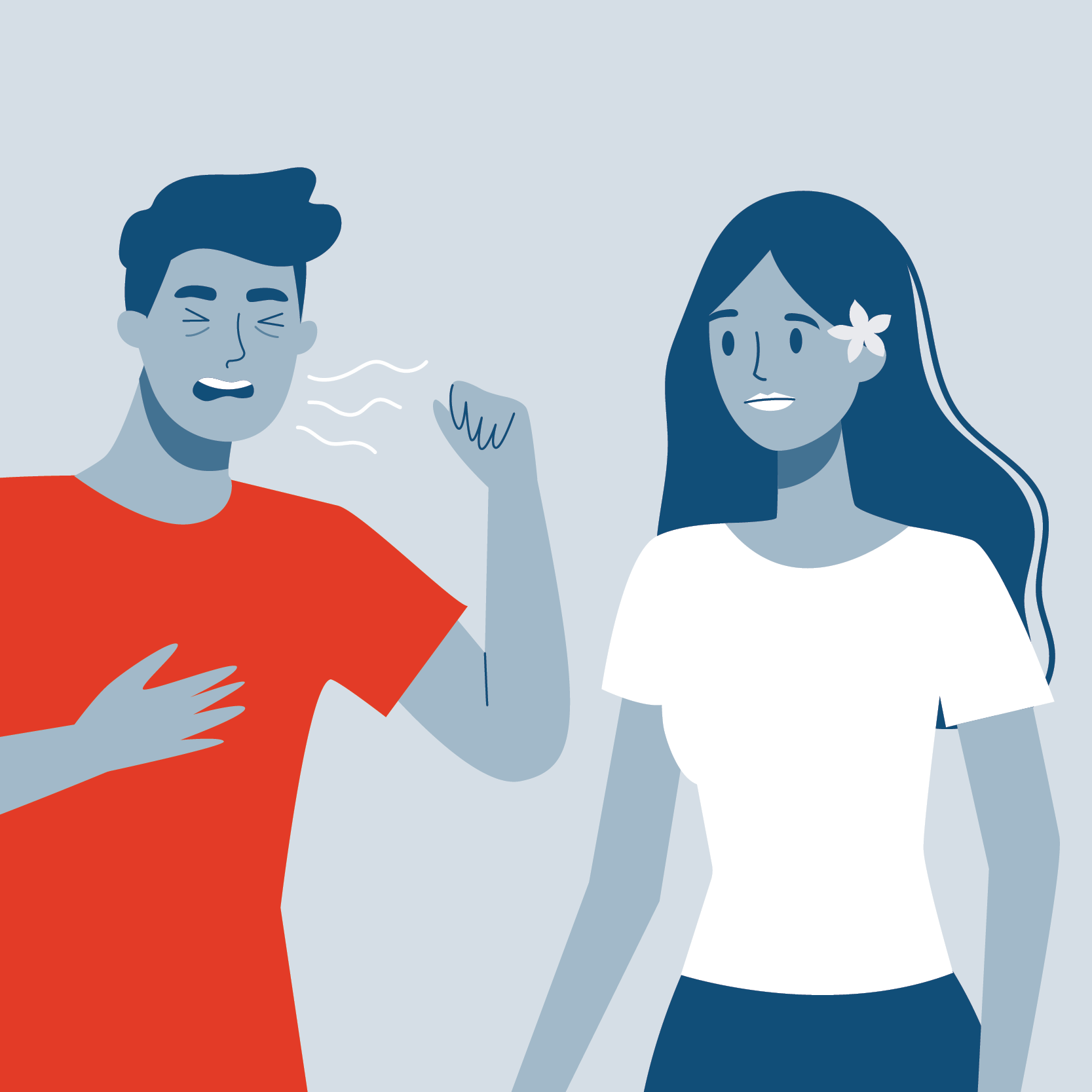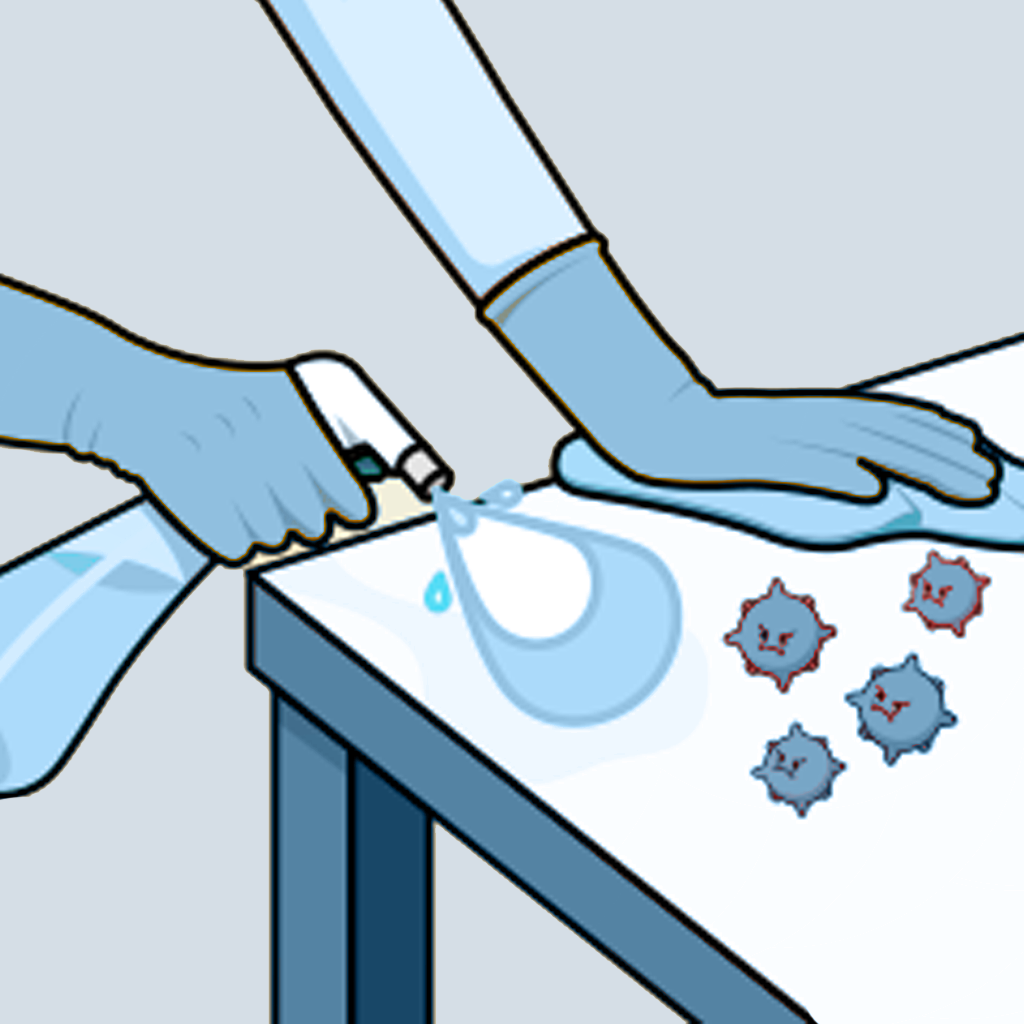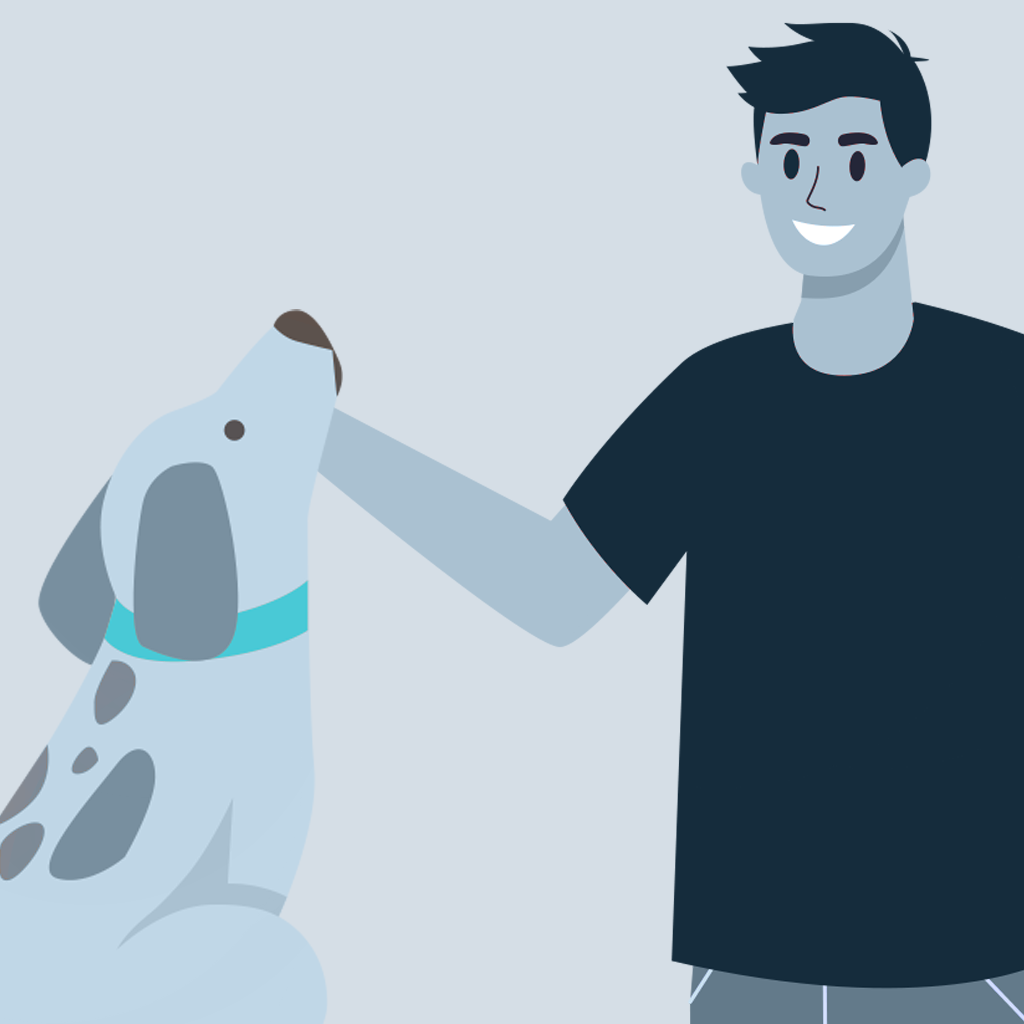COVID is spread from person-to-person
- Between people who are in close contact with one another.
- Close Contact = within 6 feet of an infected person over a 24-hour period for a combined total of 15 minutes or more.
- Through respiratory droplets produced when an infected person coughs, sneezes, sings, talks or breathes. These droplets cause infection when they are inhaled or deposited on mucous membranes, such as those that line the inside of the nose and mouth.
- There is evidence that under certain conditions, people with COVID-19 seem to have infected others who were more than 6 feet away (especially within enclosed spaces that had inadequate ventilation). Current data indicate that it is much more common for COVID-19 to spread through close contact with an infected person.
Can someone spread the virus without being sick?
- Several studies have found that people with COVID-19 who never develop symptoms (asymptomatic) and those who are not yet showing symptoms (pre-symptomatic) can still spread the virus to others.
COVID-19 spreads less commonly through contact with contaminated surfaces
- Respiratory droplets can also land on surfaces and objects. It is possible that a person could get COVID-19 by touching a surface or object that has the virus on it and then touching their own mouth, nose, or eyes.
- Spreading from touching surfaces is not thought to be a common way that COVID-19 spreads.
COVID-19 rarely spreads between people and animals
- It appears that the virus that causes COVID-19 can spread from people to animals in some situations. The CDC has reported a small number of pets worldwide, including cats and dogs, infected with the virus that causes COVID-19, mostly after close contact with people with COVID-19. Learn what you should do if you have pets.
- At this time, the risk of COVID-19 spreading from animals to people is considered to be low. Learn more about COVID-19.




